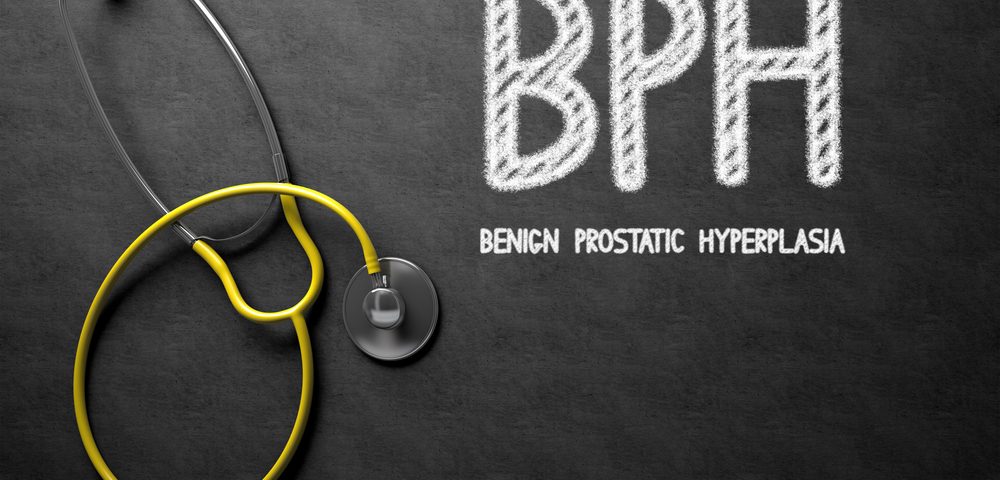Aquablation is a safe and more efficient procedure to treat men with symptoms of benign prostatic hyperplasia (BPH) than is TURP, according to early results of the Phase 3 WATER trial (NCT02505919).
Preliminary trial safety and efficacy findings were presented at the recent American Urological Association (AUA) Annual Meeting in Boston.
“With the results in the TURP cohort providing a very strong control group, the WATER Study was able to demonstrate that Aquablation achieves comparable overall outcomes for the subjective and objective efficacy measures with even better results in larger glands,” Claus Roehrborn, MD, and trial’s co-principal researcher, said in a news release.
Aquablation, developed by Procept BioRobotics, is a heat-free, high-velocity waterjet procedure to resect and remove prostate tissue that uses a personalized image-guided system for tissue removal (AQUABEAM system).
The WATER trial enrolled 181 BPH patients with urinary symptoms (ages 45 to 80), who were assigned to receive surgery with Aquablation or TURP. Patients enrolled at 17 different sites in four countries, including the United States.
Results showed that both surgery procedures provided significant improvement to BPH symptoms, as measured by the International Prostate Symptom Score (IPSS) at six months. In the Aquablation-treated group, all patients improved from the study’s start.
Indeed, patients with prostate volume greater than 50 ml and treated with Aquablation had superior IPSS improvement than those treated with TURP, according to the release. The Aquablation procedure was also associated with better peak urinary flow rates (Qmax) at six months, and improved ejaculatory function and incontinence scores at three months.
Aquablation also induced a significantly lower rate of sexual side effects at three months than TURP, the company stated.
“The combination of image guidance and robotics allows the surgeon to identify critical anatomical landmarks and develop an optimal tissue removal plan that seems to provide predictable and reproducible results,” said Peter Gilling, MD, the trial’s other principal researcher.
According to the AUA presentation abstract, Roehrborn concluded that “[p]reliminary analyses demonstrate equal efficacy of Aquablation vs TURP while ablation time was significantly shorter for aquablation.”
“This is a significant milestone for Aquablation and Procept BioRobotics in our goal of bettering the lives of men suffering from BPH,” said Nikolai Aljuri, PhD, Procept BioRobotics’ co-founder and CEO. “The early results of this landmark study challenge the gold standard and suggest that Aquablation could become the treatment of choice offering men a sustained and significant improvement in quality of life.”

